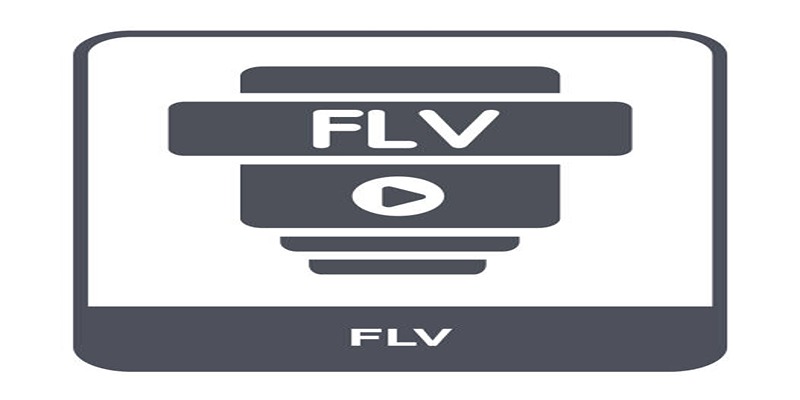Windsurf, a leading AI platform known for its user-friendly interface and powerful computational resources, has announced the integration of two new advanced language models: Grok-3 and Grok-3-mini. This development significantly expands Windsurf’s suite of AI offerings by bringing state-of-the-art natural language processing capabilities to a broader audience with varying resource requirements.
The inclusion of Grok-3 and Grok-3-mini marks an important milestone in Windsurf’s ongoing efforts to democratize access to powerful AI models. The platform caters to users who value either cutting-edge accuracy or efficient, cost-effective performance by providing both a full-scale and lightweight model. Windsurf took this method because they know that developers, researchers, and businesses all have different needs when they want to use AI technologies in useful and scalable ways.
The Technical Strengths of Grok-3 and Grok-3-mini
Grok-3 is the most advanced language model, and it can handle complex language understanding, reasoning, and creating language. It is based on a complex architecture that lets it understand context deeply and give complex answers. The model works very well in situations where accuracy and understanding are very important, like when someone is giving a full explanation, a conversation with multiple turns, or trying to solve a complicated problem.
Grok-3-mini, on the other hand, is a smaller option. Although it has many of the same core features as Grok-3, it uses less computing power, which makes it perfect for situations where reaction times need to be faster, and costs need to be cut. Despite its smaller size, Grok-3-mini maintains a high level of language proficiency, allowing for broad applicability without sacrificing essential performance.
By making both models accessible on the same platform, Windsurf empowers users to select the best tool for their specific use case—balancing the trade-offs between model size, speed, cost, and accuracy.
Windsurf’s Strategic Integration of Grok Models

The decision to integrate Grok-3 and Grok-3-mini into Windsurf’s platform underscores a strategic commitment to flexibility and user empowerment. Many AI platforms focus exclusively on offering a single model size or type, which can limit accessibility or performance depending on user needs. Windsurf’s dual-model approach addresses this limitation directly.
For organizations or individuals requiring in-depth language understanding and complex reasoning, Grok-3 provides the necessary power and sophistication. For users or applications where rapid iteration, lower latency, and cost efficiency are paramount, Grok-3-mini offers an excellent alternative. This strategy ensures that users are not forced to compromise between affordability and performance but can instead choose based on their unique priorities.
Furthermore, Windsurf’s cloud infrastructure supports seamless scaling, allowing users to switch between models or expand usage without interrupting workflows. This capability encourages experimentation and iterative development, making it easier for users to optimize AI integration for their projects.
Accessibility and Democratization of AI on Windsurf
One of Windsurf’s core goals is to lower the barriers to AI adoption. Integrating Grok-3 and Grok-3-mini plays a vital role in this mission by providing high-quality AI models within a user-friendly environment. The platform abstracts much of the complexity associated with deploying and managing AI models, letting users focus on building applications rather than infrastructure.
Additionally, Windsurf’s pricing model and resource management tools allow users with varying budgets and technical capabilities to access Grok models. This democratization expands AI’s reach beyond large enterprises and specialized research labs, enabling startups, educators, and independent developers to innovate using sophisticated language models.
By supporting both a high-end and a lightweight variant of Grok, Windsurf effectively bridges the gap between cutting-edge AI performance and practical deployment considerations such as speed, cost, and infrastructure availability.
Enhanced Developer Experience on Windsurf with Grok Models
Windsurf enhances the developer experience around Grok-3 and Grok-3-mini by offering comprehensive documentation, integration guides, and API support. Developers can quickly incorporate these models into their applications through straightforward API calls without needing extensive expertise in machine learning or natural language processing.
The platform also supports fine-tuning and customization, allowing users to adapt the Grok models to domain-specific data or specialized tasks. This feature adds tremendous value by enabling models to deliver more relevant and accurate results tailored to individual application contexts.
Additionally, Windsurf provides monitoring and analytics tools that help users track model performance, usage metrics, and operational costs. These insights are crucial for maintaining efficient AI operations and scaling solutions effectively.
Security and Privacy Considerations
As AI adoption grows, security and privacy have become paramount concerns. Windsurf addresses these concerns by ensuring that Grok-3 and Grok-3-mini operate within secure, compliant cloud environments. Data transmitted and processed by the platform is protected by encryption protocols and access controls, minimizing exposure risks.
Windsurf also offers options for data handling that align with privacy regulations and organizational policies. Users can manage data retention, control access, and apply governance measures appropriate to their industry or jurisdiction.
By integrating these protections, Windsurf ensures that users can confidently deploy Grok models in sensitive contexts, such as healthcare, finance, or legal applications.
Performance and Efficiency on Windsurf

The availability of Grok-3 and Grok-3-mini models enables Windsurf to serve a broad spectrum of performance requirements. Grok-3 leverages extensive computational resources to achieve high accuracy and nuanced language understanding, making it suitable for demanding AI workloads. Meanwhile, Grok-3-mini’s optimized architecture allows for rapid inference, facilitating interactive applications where speed is critical.
Windsurf’s infrastructure dynamically allocates resources based on model selection and workload demands, ensuring consistent response times and efficient cost management. This capability is particularly beneficial for users managing fluctuating usage patterns or experimenting with AI at different scales.
Moreover, the platform’s support for concurrent requests and load balancing further enhances performance reliability, ensuring smooth user experiences even under heavy traffic.
Conclusion
The addition of Grok-3 and Grok-3-mini to the Windsurf platform significantly broadens the availability of advanced AI language models. These models cater to users who demand either high computational power for complex tasks or lightweight efficiency for rapid responses.
The platform’s focus on accessibility, developer experience, and performance optimization empowers organizations and individuals to integrate sophisticated natural language processing capabilities with ease.







